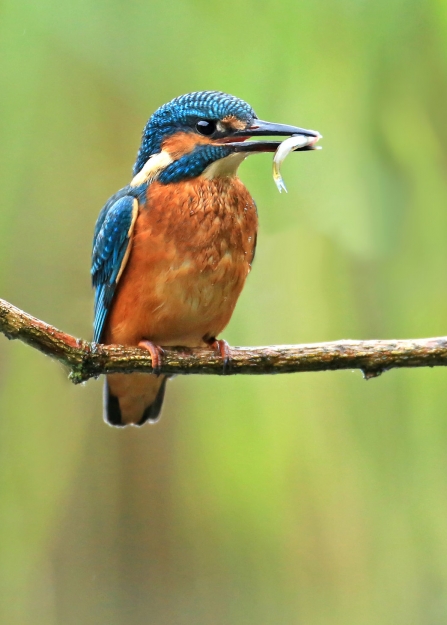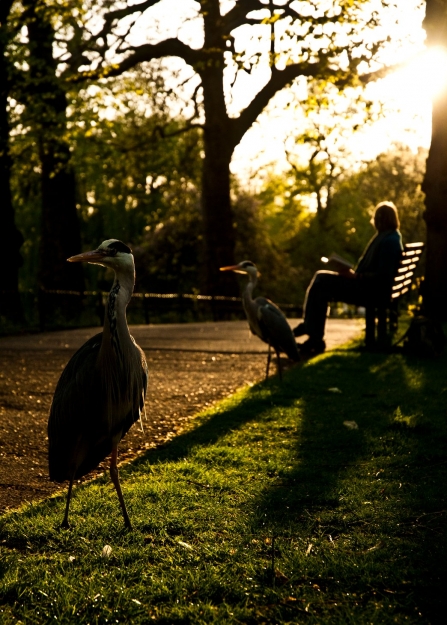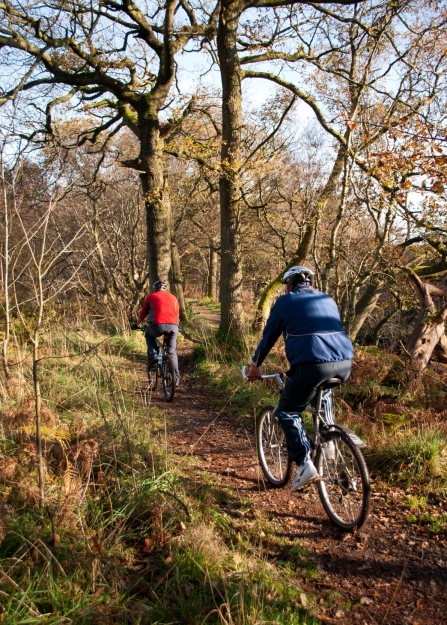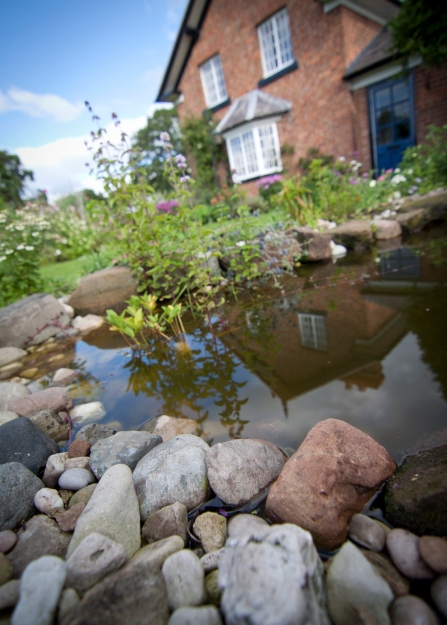I’ve been working in Taunton for over six years now and the thing that strikes me as I continue to discover new corners of our county and Garden Town is just how green it is.
If you know where you are going you can walk or cycle from Silk Mills Park and Ride on one side of town to the M5 barrier on the other without hardly having to set foot on a road. The route takes you through Silk Mills Local Nature Reserve, Longrun Meadow and along the Tone corridor through Goodland Gardens and Children’s Wood Local Nature Reserve, ending up at Blackbrook Local Nature Reserve.





